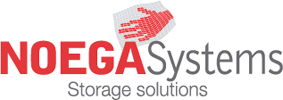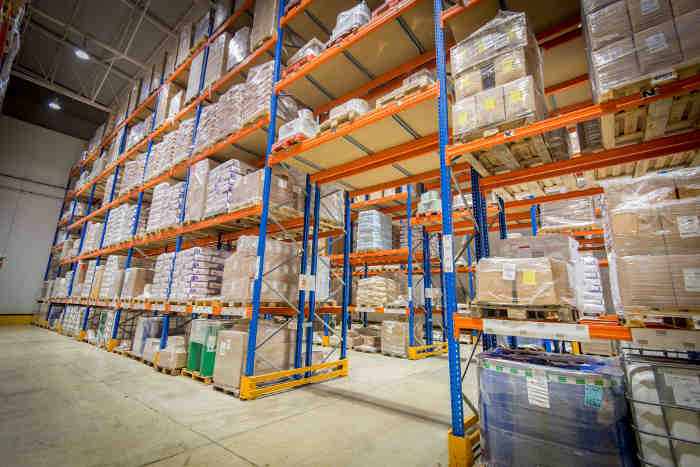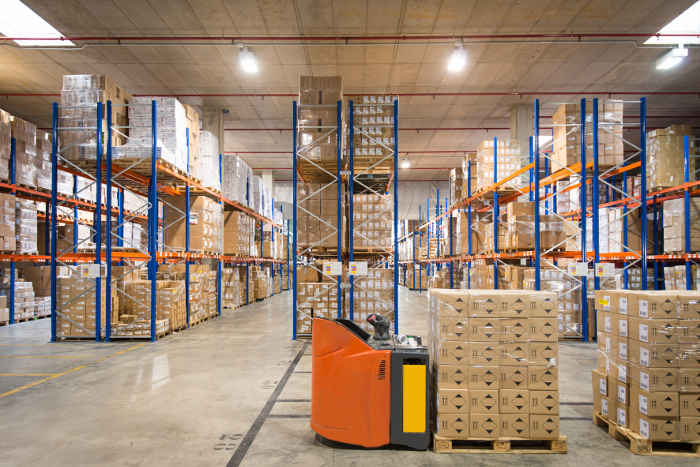Is your racking fit for purpose?
This is a very appropriate question to ask in our warehouses, bearing in mind that this work equipment is a fundamental part of any logistics operation. Incorrect or negligent use of your racking can represent high health risks for workers and economic risks for the company.
Many users of industrial racks would be surprised if they were told that they are making inadequate use of their industrial metal racks, a piece of equipment in daily use in warehouses and logistics centres.
Industrial racks are, after all, static load-bearing structures that support high loads at height and can store a large number of tonnes. Their structural integrity is, therefore, a fundamental factor to be taken into account.
Structural integrity of industrial racking
During daily operations with handling equipment, such as forklift trucks and other equipment that allows the handling of heavy loads, impacts can occur on the main elements of the racking during loading and unloading operations, or during the movement of this equipment along the main and secondary aisles.
These impacts of the handling equipment, which have a high mass, cause damage to the pillars or struts of the racks and can lead to general bending of these elements.
The technical standards establish for these props and for a length of 1 metre, that general bending of more than 3 mm on the front face and in the bottom direction, or 5 mm on the front face in the longitudinal direction, represents sufficiently significant damage to compromise the correct operation of the racking and requires the unloading and blocking of the affected area until the damage is repaired by replacing the damaged elements.
It should be borne in mind that the affected areas see their performance reduced in terms of load capacity with respect to the design load capacities indicated on the nameplates, thus jeopardising the operation and the people working with damaged equipment.
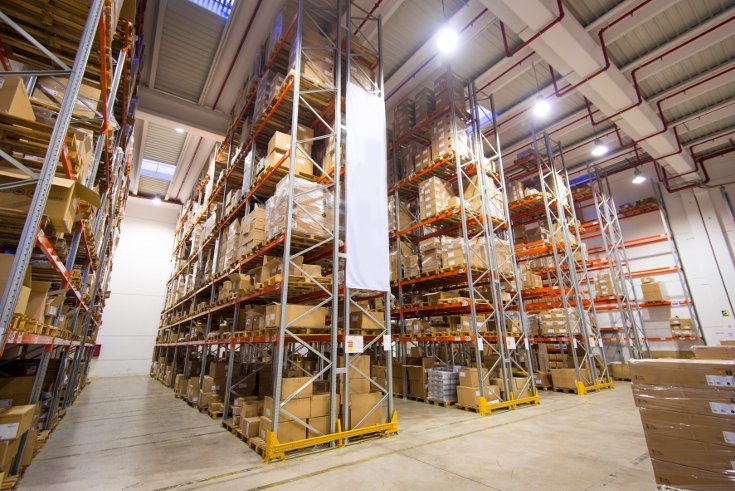
Therefore, taking into account the speed and high weight of the forklifts, the high frequency with which this equipment impacts the racking, and the reduced deformation margins allowed by the technical standards, it is necessary to carry out periodic technical inspections to locate this damage and reduce the risk levels of the installation.
The design and layout of the various rack alignments in the warehouse is also important. In this context, it is important to dimension the working and circulation aisles in accordance with the technical standards and adapted to the specifications of the forklift truck or handling equipment manufacturer in general.
Not all manufacturers and models require the same aisle widths due to the specific turning radii of each machine. Therefore, the specifications of the machine to be used must be taken into account in the rack design.
In relation to this aspect of the safety of the storage equipment, it is necessary to draw attention to the fact that the handling equipment (forklift trucks) may change during the service life of the racks, either due to their renewal or also due to the rental of additional machines during peak periods of work. It is precisely in these situations that machines can be incorporated into the warehouse that are not suitable for the racks installed.
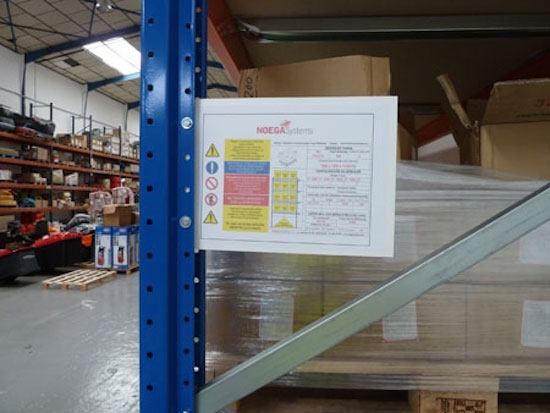
Rating plates are very important because they indicate on the one hand the existence of an installation project and on the other hand, they condense in a visible place in the warehouse all the relevant information for the proper use of the racks, which can be consulted at all times by operators and warehouse managers.
By consulting the nameplates, it is possible to know if the unit loads are correct for the rack design, if the weight being stored does not exceed the maximum permitted, or if the height distribution of the load levels is correct. The non-existence of nameplates implies non-compliance with the technical standards in force and is an aspect that must be corrected urgently by contacting your supplier or an expert who can provide you with these nameplates.
Other relevant aspects to take into account in order to know if the racks are being used appropriately are, among many others, the existence and arrangement of the safety elements, the use of suitable auxiliary loading elements such as standardised pallets, the adequate training of personnel and operators on the correct use of the racks and the risks inherent in the use of this equipment, etc.
In short, the question asked at the beginning of the article as to whether the racks are being used in an appropriate way is more well-founded than it might at first appear. Industrial racks are technically advanced equipment that require our utmost attention.
In order to be sure that the racks are being used correctly, it is advisable to turn to experienced and competent technicians who will be able to provide comprehensive advice.
At Noega Systems we have a specialised team of experts in the inspection and validation of industrial racking. We can help you to maintain the safety of your installations and to get the most out of them by complying with current legislation and regulations.
